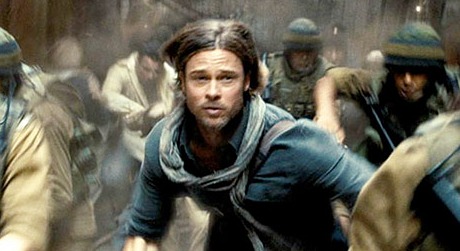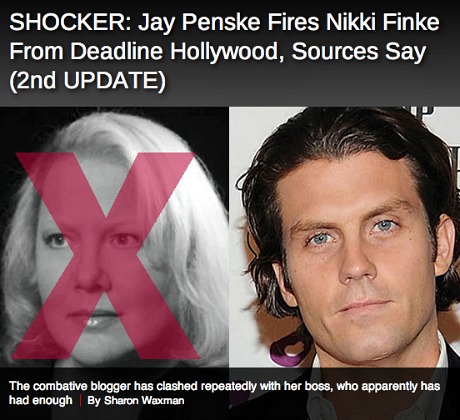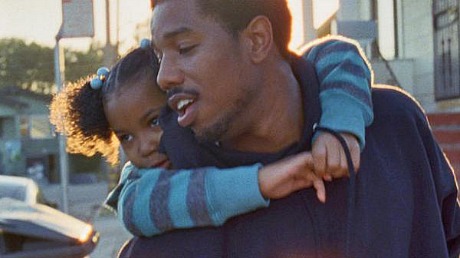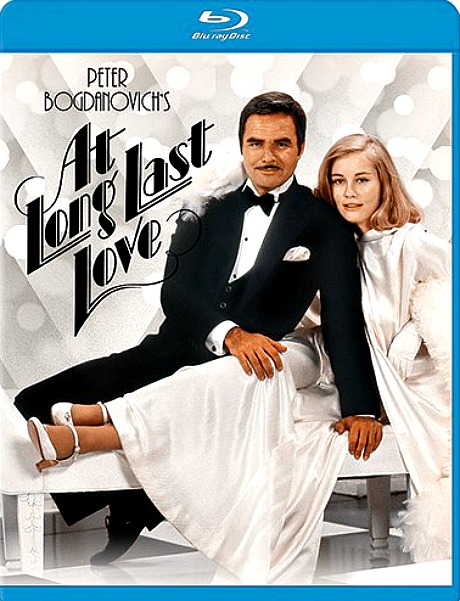Post-Cannes, here are my Best Picture predictions as things now stand…and what do I know? David O. Russell‘s American Hustle is still #1 because the script is sharp and tight and because smilin’ Russell is an effing machine gun — he’s on his game and due and everyone knows it. #2 is J.C. Chandor‘s All Is Lost — one of the most audacious, aesthetically ballsy survivalist dramas ever made, and with a major comeback, career-high performance from Robert Redford. And #3 is Joel and Ethan Coen‘s Inside Llewyn Davis, a major American piece-of-time folkie art film that will stand the test, and which you’ll want to see a second time. That was my first thought, at least.
Martin Scorsese‘s The Wolf of Wall Street is #4 because…I don’t know exactly as I haven’t read the script, but I know that people have been slip-sliding into an “okay, all right, what else can you show us?” attitude about the Scorsese-DiCaprio partnership. Richard Linklater‘s Before Midnight has to be a Best Picture contender…it has to be. (What’s the argument against it? That it’s too good, too real, too well-written and well-acted?) And then comes John Lee Hancock‘s Saving Mr. Banks (Kelly Marcel‘s script is quite good), Paul Greengrass‘s Captain Phillips, George Clooney‘s Monuments Men and Bennett Miller‘s Foxcatcher.
I’m not enough of a fan of Alexander Payne‘s Nebraska to predict a Best Picture nomination, but on the other hand I’m not opposed to the idea. And let’s not forget Ryan Coogler‘s Fruitvale Station, which has the heat and could vault ahead of Hancock-Scorsese-Clooney-Greengrass.











